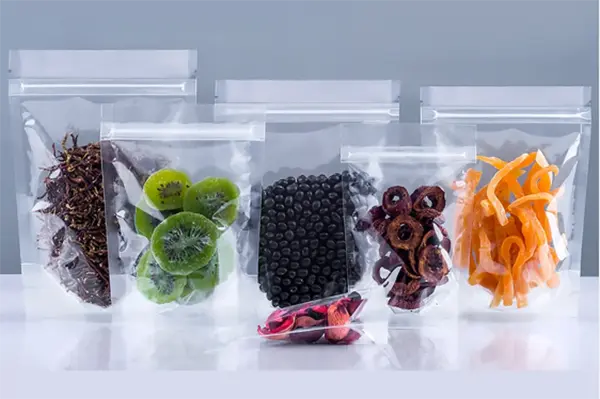Mastering the Craft: The Method Behind Manufacturing Heat Sealing Plastic Containers
Ever wondered how that sturdy, leak-proof plastic container holding your favorite takeout meal came into existence? Or how those snack packets that keep your chips crispy manage to keep the air out and the flavor in? Welcome to the fascinating world of manufacturing heat sealing plastic containers, where science meets sustainability, and where today’s innovations shape tomorrow’s packaging standards.
The Basics of Heat Sealing: A Melting Pot of Innovation
At its core, heat sealing is the process of using heat to join together thermoplastic materials, usually to form a container or to seal a package. This method is pivotal in the packaging industry, offering a way to efficiently seal products, ensuring they stay fresh, tamper-proof, and ready for consumption. But how does this seemingly simple process come to life? Let’s break it down.
Step 1: Choosing the Right Material
The journey begins with selecting the appropriate plastic material. Not all plastics are created equal, especially when it comes to heat sealing. Polyethylene (PE), polypropylene (PP), and polyvinyl chloride (PVC) are popular choices due to their excellent sealability and durability. The choice of material affects not only the sealing strength but also the product’s overall sustainability footprint.
Step 2: Molding the Container
Once the material is chosen, it’s time to mold it into the desired container shape. This is typically done through processes like injection molding or thermoforming. Injection molding involves melting the plastic and injecting it into a mold, while thermoforming heats a plastic sheet until it’s pliable, then forms it over a mold using vacuum suction.
Step 3: The Heat Sealing Process
Now for the star of the show: heat sealing. This process can vary slightly depending on the product and packaging requirements but generally involves the following steps:
1. Preparation: The surfaces to be sealed are cleaned and prepared to ensure a flawless seal.
2. Heating: The plastic material is heated to the precise temperature where it becomes tacky but not fully melted. This is a delicate balance; too hot and the material could warp or burn, too cool and the seal won’t hold.
3. Sealing: The heated materials are pressed together, usually with a die or a bar, applying pressure to ensure a strong bond. This step might involve direct contact with a heated element, ultrasonic waves, or even radio frequencies, depending on the specific method employed.
4. Cooling: Finally, the seal is cooled under pressure, solidifying the bond and ensuring the integrity of the seal.
Beyond the Seal: Sustainability and Innovation
In today’s world, the method for manufacturing heat sealing plastic containers goes beyond just creating a strong seal. It’s also about innovating for sustainability and efficiency.
Eco-Friendly Materials
As environmental awareness grows, the industry is shifting towards more sustainable materials, such as biodegradable plastics or those made from recycled content. This shift poses unique challenges for heat sealing, as these materials often have different properties than traditional plastics. Manufacturers are constantly experimenting and innovating to find the best practices for sealing these eco-conscious alternatives.
Smart Packaging
The future of heat-sealed containers is not just about what’s on the inside. Smart packaging technologies, including QR codes, NFC tags, and even sensors, are being integrated into heat-sealed containers. These innovations can provide consumers with information about the product, enhance safety, and even improve the recycling process.
The Final Word: Sealing the Deal
The method behind manufacturing heat sealing plastic containers is a testament to the incredible advances in technology, sustainability, and consumer engagement. From choosing the right materials and molding the container, to the intricacies of the heat sealing process itself, each step is crucial in creating the durable, safe, and sustainable packaging that modern consumers expect.
As we look to the future, it’s clear that this field will continue to evolve, driven by innovation and a commitment to environmental responsibility. The next time you open a heat-sealed package, take a moment to appreciate the science, craftsmanship, and innovation that went into bringing that product to your hands. It’s not just about keeping the contents safe; it’s about pushing the boundaries of what packaging can be, for today and tomorrow.
Post time: 04-02-2024


